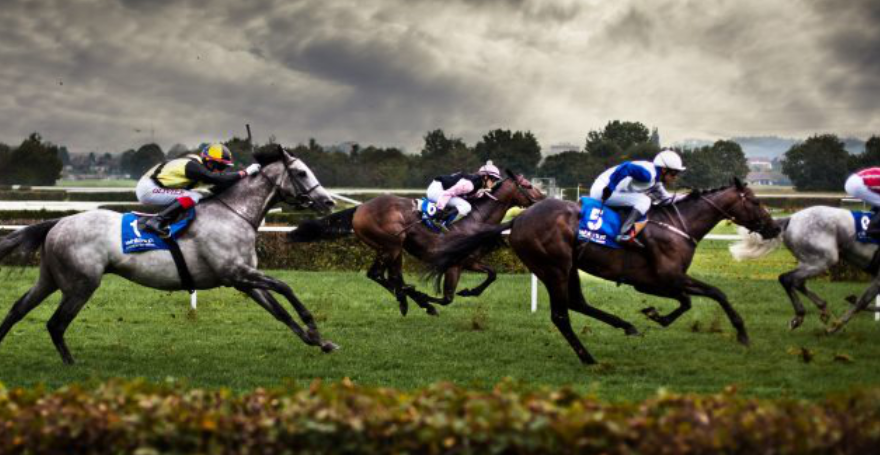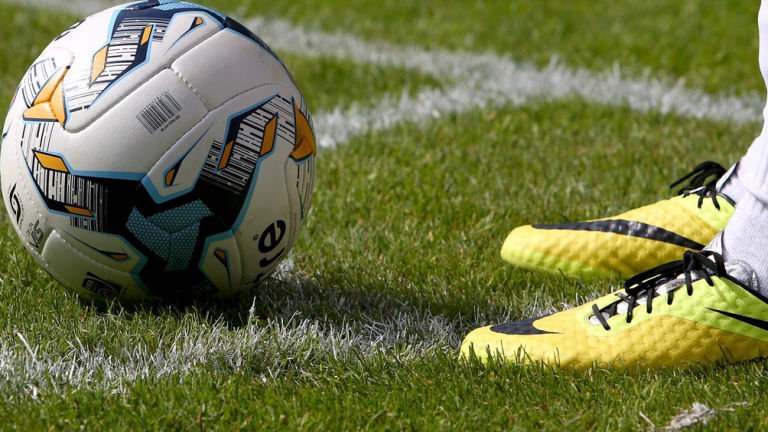
The strategy we will describe in the following lines may be one of the most profitable in terms of net betting profits, and at the same time one of the most risky ones. It is called "60% System" or in similar names, because in the long run, if successful, it generates about 60 percent profit over the bet amount. But the success of this strategy, to a much greater extent than other strategies, depends on not entering into a long series of losses.
At least 1 in 5 bets must win
On one hand, it does not sound bad - to achieve a success rate of 20-30% in the predictions, while accumulating a net profit of approximately 60%. But the strategy itself is more aggressive than Martingale, in which we have doubling of the bet with every subsequent loss and which in theory sooner or later leads us to a profitable outcome, even in a catastrophically long unsuccessful series, if we have a big budget. With 60% system, things don't work out that way - we have a specific budget for the game and the steps we need to follow and within which we need to record a profitable prediction.
The bank is determined in advance
With most strategies, it is desirable to determine in advance the amount we are willing to risk (or that we can afford to lose). However, under this system, the budget must be set strictly and spent in proportion to each subsequent move. Some theorists find variations on exactly what proportion of the bank each step should have, but the differences are not large.
- 1. First bet - 1% of the bank
- 2. Second bet - 3.5% - 4% of the bank
- 3. Third bet - 9% - 9.5% of the bank
- 4. Fourth bet - 24-25% of the bank
- 5. Fifth bet - 60-62% of the bank
There is no sixth bet. This means that if we choose this strategy, we should not record more than 4 losses. From the above steps it can be seen that the progression of increasing the bet follows bigger jumps, with each subsequent step the amount is more than twice as high. But on the other hand, with 60% system we can opt for lower ratios where the risk of failure is not as high. However, it is not profitable for the strategy to be played with selections below 1.70.
Let's go back to the 5 steps above. We set a total budget of £ 100. Then, for each move, we have to bet the appropriate amounts:
- 1. First bet - 1% - £1.
- 2. Second bet - 4% - £3.50.
- 3. Third bet - 9% - £ 9.50.
- 4. Fourth bet - 24% - £24.
- 5. Fifth bet - 62% - £62.
The common thing with strategies like Martingale is that with a successful prediction, we return to the first step, whether we guessed the first, third or fifth bet. But because the system does not offer a sixth bet, this means that with 5 consecutive losses the whole bank goes bankrupt. That is why we choose slightly lower odds than 2.00, so that more than one of them is more likely to not only give us the money back from previous unsuccessful bets, but also to record a profit.
Profit is available
As long as we do not lose the whole bank, if we succeed at any stage of this strategy, we will record revenue that exceeds all the investments made so far, leaving us with a pretty decent amount.
Option 1:
- First Bet - Moreirense - Porto - Both teams to score (G/ G) at an odd of 1.80. The stake is £ 1. Successful prediction.
Option 2:
- First Bet - Ajax - Sparta Rotterdam - Both teams to score (G / G) at an odd of 1.80. The stake is £ 1. Unsuccessful prediction.
- Second bet - Toulouse - Brest - Over 2,5 goals with an odd of 1.90. The stake is £4. Successful prediction.
The revenue from this successful second step is £ 7.60, i.e. the net profit is £ 3.10. With the total stake of the first and second steps of £ 4.50, this equates to approximately 69% profit.
Option 3:
- First Bet: Everton - Brighton - 1 at an odd of 1.85. The stake is £ 1. Unsuccessful prediction.
- Second Bet: Cagliari - Milan - Both teams to score (G/G) at an odd of 1.70. The stake is £ 4. Unsuccessful prediction.
- Third Bet: Athletic Bilbao - Celta Vigo - Under 2.5 goals with an odd of 1.70. The stake is £9. Unsuccessful prediction.
- Fourth bet: Cologne - Wolfsburg - Over 2.5 goals with an odd of 1.90. The bet is £ 24. Successful prediction.
The revenue if the fourth bet is successful is £ 45.60. The net profit is £ 7.60, with the percentage already falling to about 20% in the above example.
Option 4:
- First Bet: Eupen - Charleroi - Under 2.5 goals with an odd of 1.75. The stake is £1. Unsuccessful prediction.
- Second bet: Sunderland - Wycombe - 1 at an odd of 1.95. The stake is £ 4. Unsuccessful prediction.
- Third Bet: Sporting Gijon - Elche - 1 at an odd of 1.95. The stake is £ 9. The bet is unsuccessful.
- Fourth bet: Asteras Tripolis - OFI Crete - Both teams not to score /NG/ with an odd of 1.80. Bet amount: £ 24. Unsuccessful prediction.
- Fifth bet: Fiorentina - SPAL - Under 2.5 goals with an odd of 1.90. The bet amount is £ 62. Successful prediction.
The revenue if the fifth step is successful in this example is £ 117.80. Net profit is £ 17.80. The highest in absolute sum, but also the lowest in percentage - is now below 20 percent.
Where are the 60% in question then?
As you can see from the examples, in the earlier steps the profit margin is higher, but the amount over the bet is lower. In the long run, with predominantly successful predictions on first, second, maximum third step, a net profit of around 60% is actually achieved.
It is important that the events we choose in such a strategy do not overlap. I.e. step 3 should only be taken if it is certain that step 2 was a losing one. With every successful prediction, you should return to the starting position, this should not be forgotten.
Read more - Double Chance Betting Strategy
Conclusion
Given the risk of losing the entire bank, 60% system seems riskier compared to other strategies. At the same time, the game with odds in the 1.70-2.00 range gives good prospects for success and with the right selection of matches, which is always a leading factor anyway, can generate a positive balance in the long run.







